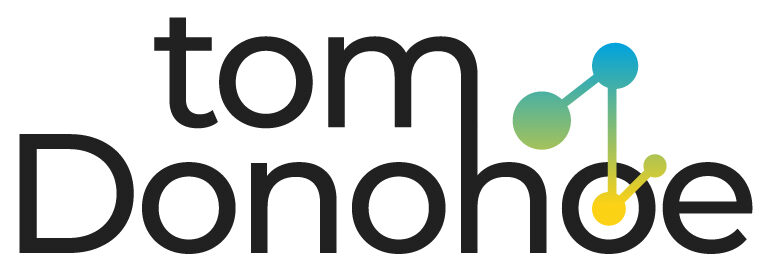The ARR Advantage for Startups: Understanding and Calculating Annual Recurring Revenue

Introduction to ARR for Startups
The ARR calculation is vital for every startup; ARR, or Annual Recurring Rate, is a critical mathematician that determines the percentage of return a company could expect throughout a capital asset or investment during any fiscal year. In essence, ARR is the predictable revenue an organization earns yearly from its clients.
Every business is looking forward to a time when it can increase its ARR; however, a decline in the ARR of a specific sector means that the company needs to reconsider its strategy. For starters, it is essential to maintain the revenue model as a subscription-based instead of a one-time purchase. It doesn’t matter whether it’s investors or the company’s management; the ARR is an essential metric for everyone.
A decision to approve a specific project is contingent on whether the results are more important or equal to the desired ARR. ARR is one of the most widely used financial ratios, and it makes the decision-making process easy while choosing and comparing various projects. For long-term capital investments, ARR is adequate since it does not consider tax, interest, and other charges that have occurred, and so on.
How do I calculate ARR?
The period of customer payback for the Annual Recurring Income (ARR) is the time required for a client to cover the total price of their monthly subscriptions or fees by the amount they earn over one year.
The ARR calculation is an easy metric to measure an organization’s performance over 12 months. However, calculating an ARR depends on various factors that define the company’s development and may differ from company to company. ARR is likewise influenced by the complexity and the pricing method that the business model follows.
The annual net income of an investment is determined as the sum of yearly revenue minus costs that occurred during the execution of the project.
When investing in fixed assets, such as property, it is necessary to calculate the depreciation cost from each year’s revenue figure.
Finally, one must multiply the year’s net profits by the original expenditure or cost of the project, then multiply by 100 to calculate the percentage.
The CAC (Customer Acquisition Cost) payback calculation for Annual Recurring Revenue (ARR) evaluates the time frame within which businesses can recover their costs for customer acquisition by generating revenue from annual subscriptions.
Simply put, Annual Recurring Income (ARR) could be determined using the following formula:
Average Annual Profit to Initial Investment = Annual Recurring Revenue (ARR)
ARR is commonly used to determine the value of an investment and is typically comprised of permanent and recurring charges or subscriptions. There aren’t any specific guidelines for selecting ARR. The ARR could be different based on a company’s contract terms. A regular annual value is vital since it gives companies an idea of the extent to which their annual revenue growth is.
Calculating the payback period for customers for ARR enables businesses to determine the effectiveness and long-term viability of their subscription model. It helps them choose the time it takes customers to see an increase in their investment.
Importance of ARR Calculation
The Annual Recurring Revenue method is highly beneficial as it determines the project’s financial viability. Investors with limited experience often employ this method to evaluate their investment choices, allowing them to evaluate different projects. The most appealing aspect of ARR is that it will make it simple to comprehend the payback time by formulating the savings total throughput. This allows.
The formula used to calculate the payback time for annual recurring revenue (ARR) determines the amount of time required for a business to recoup its initial cost of acquisition for customers by generating revenue from annual subscriptions.
Determining a specific project’s annual percentage return is the most straightforward calculation. ARR calculations are usually more than just a matter of making a decision; it’s performed year-to-year to keep an eye on the results of a specific project. If the project manager discovers that the minimum return required for the undertaking is higher than ARR, they’ll not accept the assignment.
The CAC payback formula used to calculate Annual Recurring Revenue (ARR) determines the time an organization can recoup its costs for acquiring customers via the earnings generated from annual subscriptions.
The formula for the payback period of ARR is calculated by dividing the total acquisition cost by the annual revenue. This provides valuable information about the timeline to achieve a positive investment return.
The benefits of Arr’s basis allow businesses to construct more complicated calculations. With ARR’s aid, the company can build a solid image of what their future will appear to them.





